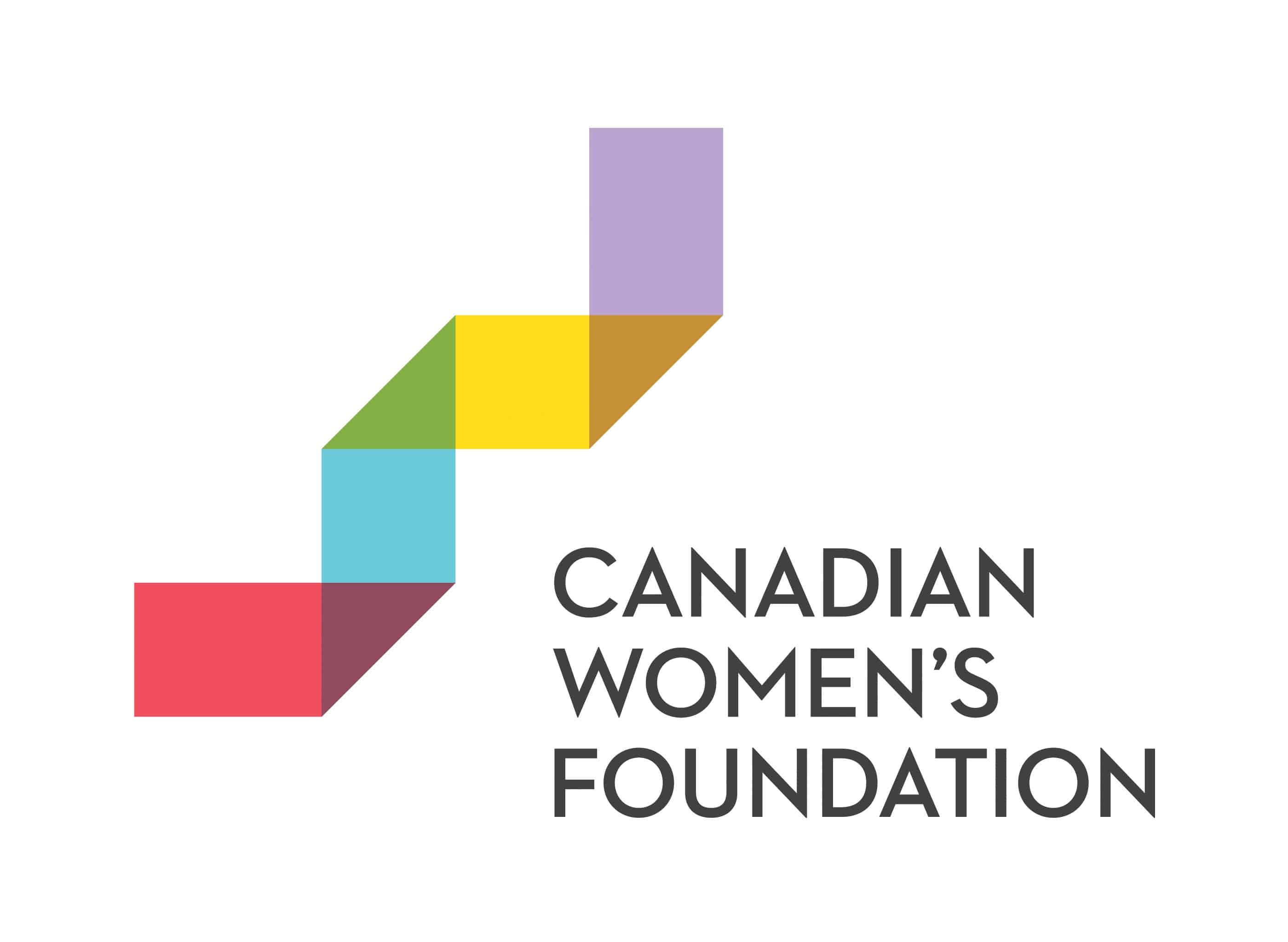When More Canadian Women Reach the Top, We Can Really Celebrate
 Canada turns another year older tomorrow. We’ll celebrate by dressing up in red and white and gasping at fireworks as they explode in the sky. Canada Day is an exciting reminder of how far this country has progressed in the last 149 years. Yet despite the significant steps forward, women still haven’t reached true gender equality. In 2015, Canada was ranked 30th on the World Economic Forum’s Global Gender Gap Index.
Canada turns another year older tomorrow. We’ll celebrate by dressing up in red and white and gasping at fireworks as they explode in the sky. Canada Day is an exciting reminder of how far this country has progressed in the last 149 years. Yet despite the significant steps forward, women still haven’t reached true gender equality. In 2015, Canada was ranked 30th on the World Economic Forum’s Global Gender Gap Index.
Today, women can legally vote, go to school, become doctors and lawyers, and run for political office. Women can, in theory, do whatever and be whoever they want. But in government and business leadership roles, there remains a significant gap between Canadian men and women.

 This interview was originally published by
This interview was originally published by  Michelle Lochan had the passion to be an entrepreneur, but raising five children on her own made it tricky. Then she got the right kind of help. As told to Diane Hill.
Michelle Lochan had the passion to be an entrepreneur, but raising five children on her own made it tricky. Then she got the right kind of help. As told to Diane Hill. Are you too hard on yourself? Do you tend to focus on your limitations rather than your strengths? You’re not alone. As women, we often find it easier to see our flaws than our abilities.
Are you too hard on yourself? Do you tend to focus on your limitations rather than your strengths? You’re not alone. As women, we often find it easier to see our flaws than our abilities.

